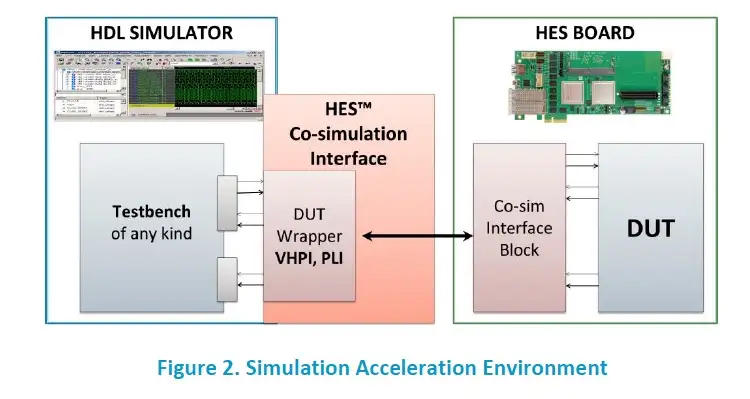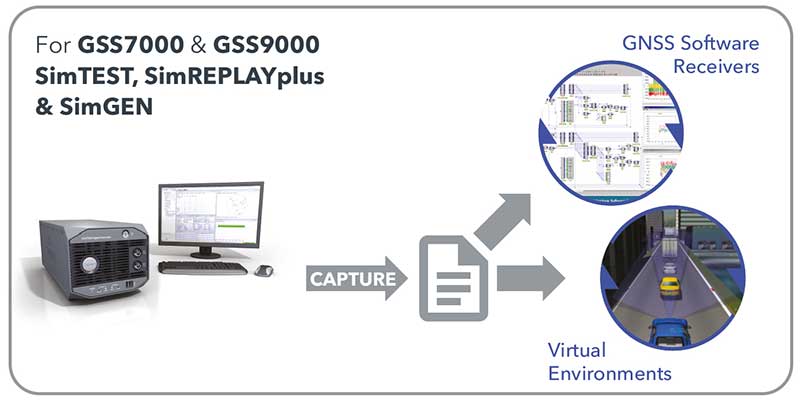

- #Corner case for fpga simulation drivers#
- #Corner case for fpga simulation verification#
- #Corner case for fpga simulation simulator#
- #Corner case for fpga simulation windows#


#Corner case for fpga simulation verification#
#Corner case for fpga simulation simulator#
#Corner case for fpga simulation drivers#
The computer software component contains Linux/Windows drivers and a set of C-API/DPI routines to perform AXI transactions. ProtoBridge consists of a computer software component and an FPGA design component. Benefits of FPGA Prototyping can now be achieved at every design and verification stage.Īn example of this early communication and design exploration methodology is S2C’s ProtoBridge technology. Utilizing a communication bridge that enables designers to read and write data from computers to their FPGA-mapped designs, engineers can easily implement algorithm validation, block-level prototyping, full-chip simulation acceleration, corner case testing and early SoC software development much earlier in the flow dramatically reducing the verification bottleneck (Fig. As a result, this technology is well suited for even the largest designs. Innovative hardware and the addition of cutting-edge software have made it possible to realize the benefits of FPGA prototyping, not only for system validation and software development, but also much earlier and throughout the design and verification flow. The truth is that today’s FPGA prototyping advances are breaking that restrictive, type-casted mold. However, emulation costs soar when implementing for a large number of replicates for software development and compatibility testing. Most companies can afford to implement a few emulators for early design verification. Users require tens of replicates to do testing with the Internet of Things (IoT).
#Corner case for fpga simulation windows#
We all know that complexities in design and shrinking time-to-market windows are driving up design and verification costs.

Lauro Rizzatti's " Hardware Emulation's Versatility." Mon-Ren Chene, Chariman and Chief Technology Officer, S2C For the counterpoint case made for hardware emulation, see verification expert Dr. Below is S2C chairman and chief technology officer Mon-Ren Chene's case for FPGA prototyping. Electronic Design called upon two experts to sort out the confusion. Some verification teams will use one over the other, while other teams remain confused about their differences and are looking for answers. Engineers often turn to two tools to verify their complex SoC designs: hardware emulation and FPGA prototyping.


 0 kommentar(er)
0 kommentar(er)
